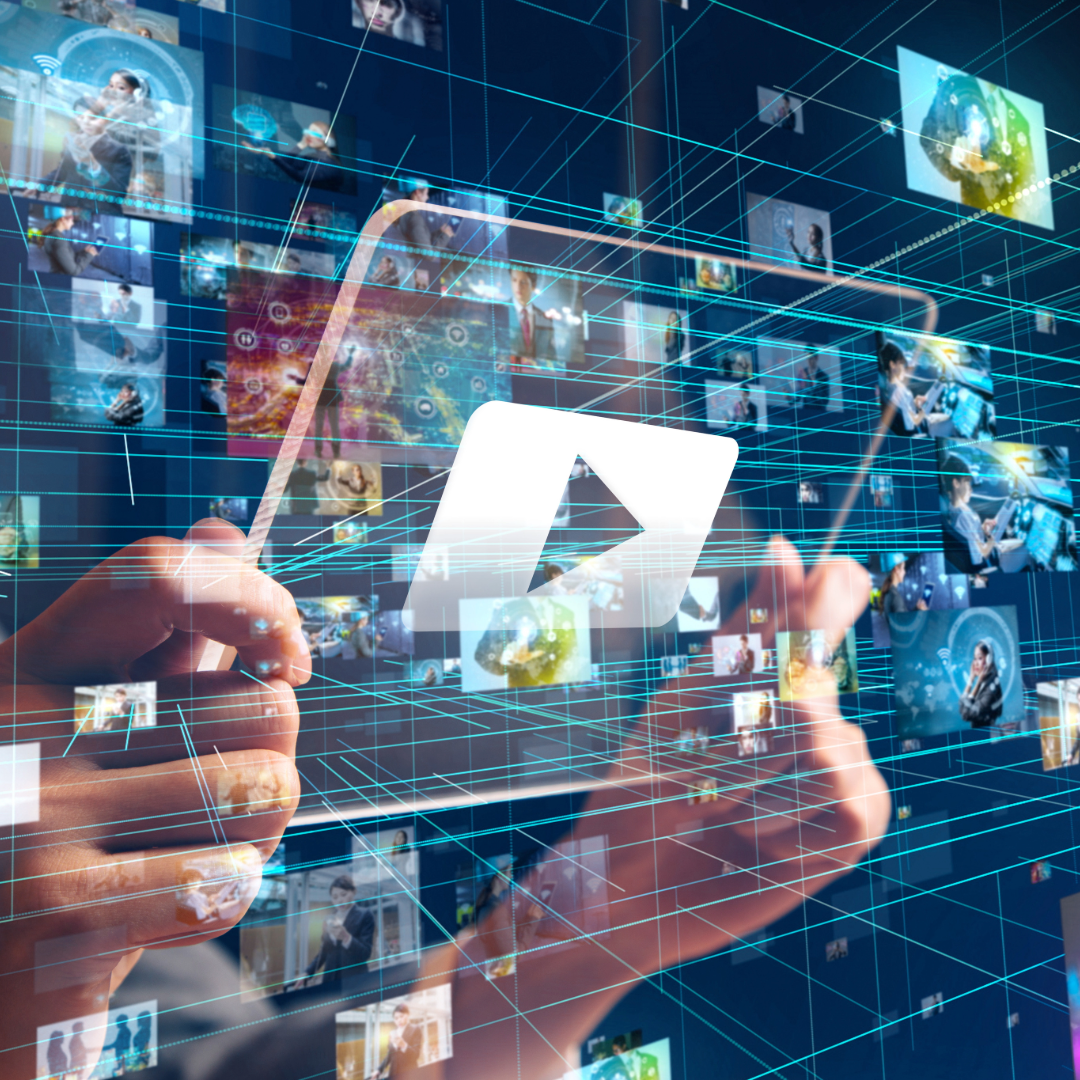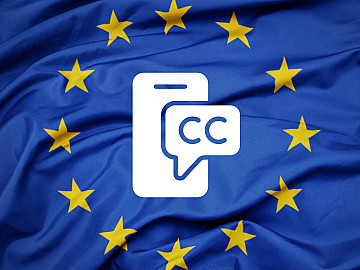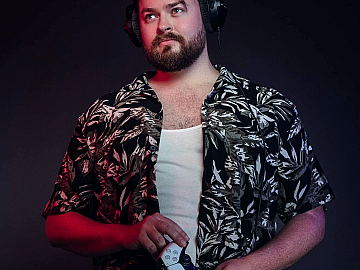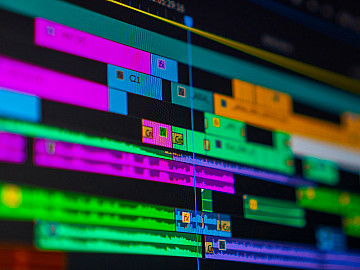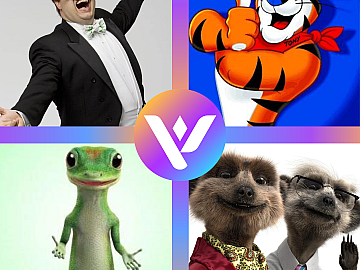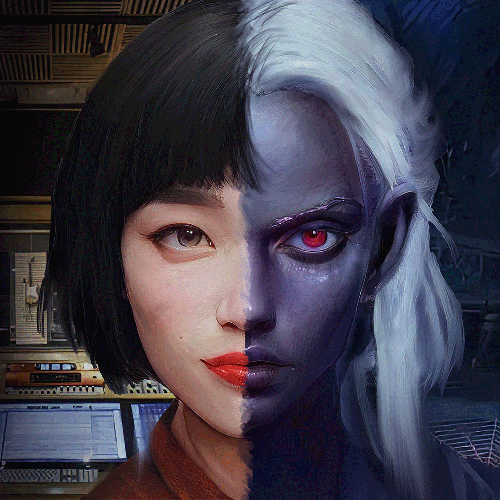YouTube wants its creators to be more transparent about using AI, but how can YouTubers be more upfront? And are there any consequences?
On March 18th, YouTube announced an update to its policies surrounding AI-generated content on the platform.
Content creators will now need to use AI tags in their videos to inform audiences when content has been made with the use of artificial intelligence.
So, what are the details of the new AI policy? What do the tags look like? And how will this affect YouTubers?
YouTube’s New Policy on AI-Generated Content
YouTube’s new AI tags come four months after YouTube’s announcement towards responsible AI innovation, which clarified the platform’s policies surrounding the rapid development of AI software and its use on the platform.
In this post, they mentioned that AI tags will be integrated in the future, but there were not many details as to which aspects of AI content creation were included.
AI voiceover? Scripts? What about the initial idea generation? Does that count?
Thankfully, YouTube’s new AI content policy has cleared up some of the specifics – so let’s dive into the details.
YouTube’s AI Video Policy
Without a doubt, the visual aspect of YouTube videos will require the most AI tags.
Videos depicting realistic but fictional situations and content that adapts authentic visuals to look different than they should will require a tag. For example, showing a real city on fire when it’s not, or showing a realistic city on fire when it doesn’t actually exist.
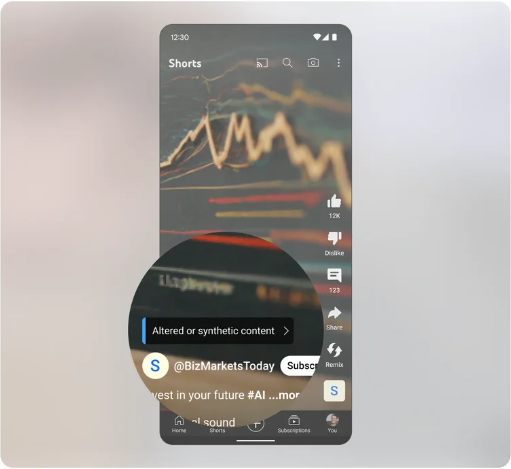
Manipulated or generated human likenesses will also require AI tags, such as deepfakes and the adaption of human visuals, including swapping one person’s face for another.
However, this only applies to content that could be mistaken for reality. Videos that depict unicorns in space, for example, won’t need to be tagged.
YouTube’s AI Voice Policy
It’s not only visuals on YouTube that will require AI tags but voiceover, too. If you use a fake voice generated by artificial intelligence in your original content or when dubbing your videos for the masses, you’ll need to declare this with the new AI tag, which states ‘altered or synthetic content’ on your videos.
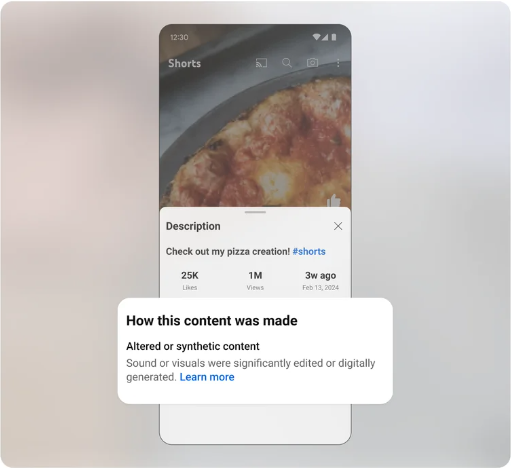
It is still unknown how much the AI tags will put off potential viewers, but human dubbing services will now provide even more value, offering a way around the AI tags as well as genuinely heightened engagement from your global audience.
What Type of Content will NOT Require AI tags?
The purpose of this update, YouTube has stated, is to allow for more transparency around AI-generated content, but not all AI uses are included in this.
Idea generation, scriptwriting, beauty filters, colour and lighting adjustments, special effects and blur, and obviously fictional content that won’t mislead audiences are exempt from requiring synthetic content tags.
However, the new update failed to mention thumbnails. It appears that AI-generated thumbnails, therefore, also don’t need to be tagged, but the platform may announce more about this in the future.
How will YouTube Detect Videos that Don’t Comply?
When it comes to moderating the use of AI on the platform, YouTube is taking a ‘fight fire with fire’ approach.
The platform uses a combination of AI and human moderation to detect guideline violations and AI content that has not been declared.
Viewers can also report AI content and request that it be taken down if the video has recreated their visuals or voice. This is a big win for voice actors, who keep finding the use of their voice in content without their consent.
However, YouTube also stated that even when tagged, some AI-generated videos will still be removed from the platform If the intent is to shock or disgust audiences or if the content violates other community guidelines.
What Happens if You Don’t Comply?
YouTube will initially add an AI tag to content which has not disclosed the use of AI, and this tag cannot be removed by the content creator.
If the creator continually refuses to be transparent about the use of AI in their videos, the platform will take it a step further. YouTubers might even find their content being removed from the platform or their account being removed from the partner program.
This will prevent creators from monetising their previous videos and any other content they release in the future – Ouch!
Summary
YouTube’s new AI tags will roll out first on their mobile app, then on the desktop browser, and then on YouTube TV in the coming weeks.
This is a big change for both creators and audiences. While many audiences are likely to avoid AI-generated content now that it’s declared, creators are faced with the decision to either accept that this transparency may lead to fewer views or stop using AI.
For more information, you can find YouTube’s new announcement here, as well as their initial announcement from November here.
But as always, it’s important to stay up to date with the rules of the platform – Nobody wants a ban!
Grow Your YouTube Channel Globally
Discover The Top Languages for YouTube Dubbing
Sometimes we include links to online retail stores such as Amazon. As an Amazon Associate, if you click on a link and make a
purchase, we may receive a small commission at no additional cost to you.

